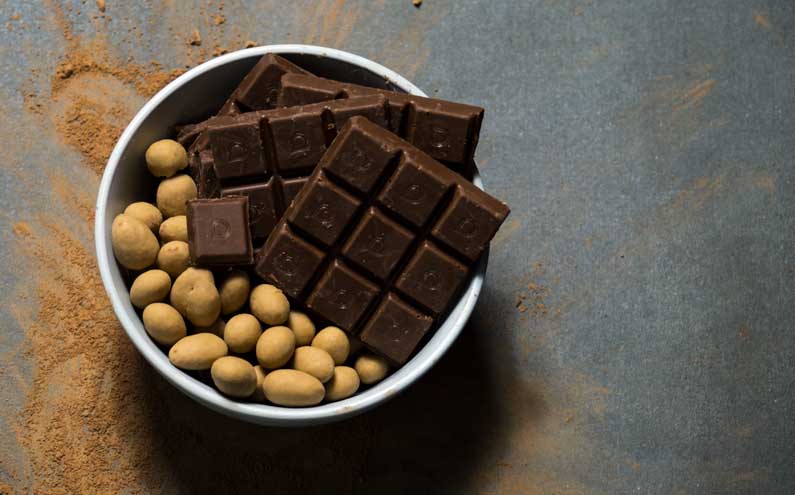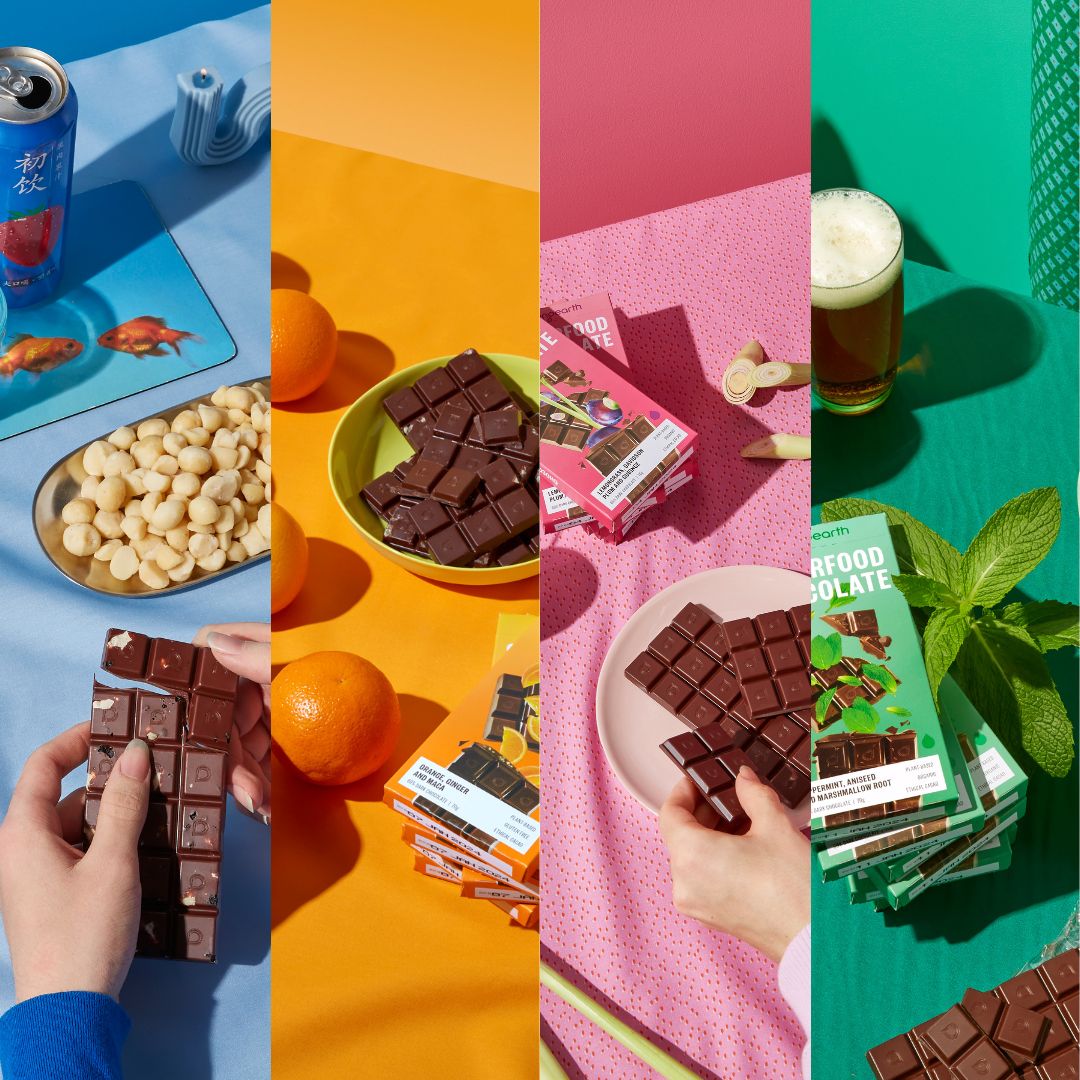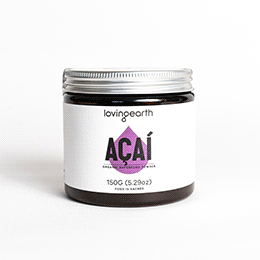
Many of us tend to eat in a rush, or while focused on other things – often we don’t even taste our food, and so we end up not really enjoying what we’re eating!
In comes mindful eating. Mindful eating makes you more aware of what you are putting in your mouth,
(and also when you feel full!).
Mindful eating not only helps to build neural pathways that support focused attention and presence, but it will also make eating more enjoyable. As someone with a sweet tooth, I’ve found it helps me savour sweets more slowly and leaves me feeling more satisfied with one piece of chocolate, rather than eating an entire block, which means one block of chocolate will last me much longer!

You can do this with any piece of food, but try it with a piece of chocolate, preferably dark chocolate, as it’s healthier than milk chocolate and has more depth of flavour.
1. Put the piece of chocolate in your palm and imagine you have never eaten this food before.
2. Move through each of your senses, tuning in completely to all the information you can take in through each sense.
- Sight: notice all the colours, shapes, shadows and light.
- Touch: holding the chocolate in your hand, notice its weight, firmness, edges, dryness or moisture.
- Taste: place the chocolate in your mouth and don’t chew. Instead, move it around your mouth and sense the flavour. Start eating the chocolate very slowly while staying completely attentive to your sense of taste. Notice where you sense the flavours – is it at the back of the tongue or the front? Notice what side of your mouth you habitually chew on.
As you move through the practice, notice any thoughts that arise, and when you notice you’ve been caught in thinking, just let go of the thoughts and come back to whatever sense you are exploring.
I once witnessed a powerful breakthrough in one of my mindfulness workshops while guiding a mindful eating exercise. In this group we used a sultana instead of chocolate. After the exercise, a participant confessed that she’d had a phobia of sultanas for most of her life, and that she’d initially felt resistant, wanting to leave the workshop. Sharing this she laughed, as did everyone else (admittedly, I hadn’t come across many sultana phobias during my career in psychiatry). Despite her fear, she tried it out, knowing she could stop if it got too unpleasant. She was surprised and delighted to discover that the sultana wasn’t as bad as she’d anticipated.
The exercise demonstrated to her how she had been caught up in a habitual belief, based on past experience, that was determining her current reality. It made her wonder what other assumptions and fears she might be holding onto as facts – thoughts that were closing off opportunities in other parts of her life.
Mindfulness asks us to step into what’s referred to as ‘the beginner’s mind’, a mind that meets experience with openness and curiosity. As we bring this fresh perspective to life, we become more aware of when our automatic responses are being triggered. This awareness gives us an opportunity to live beyond the limitations of our automatic responses.
Learn powerful mindfulness practices and read more about the science of mindfulness through the global Mindful in May campaign. Take your chance to pause for a cause.


